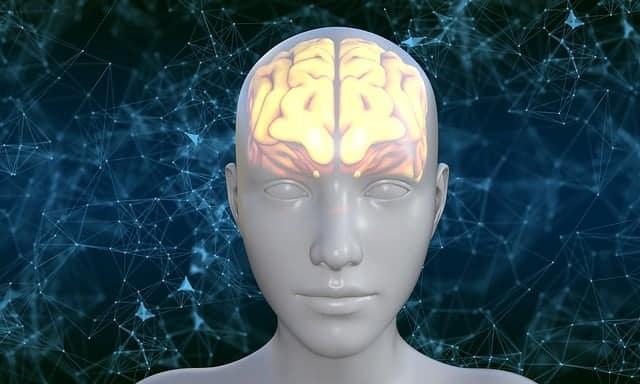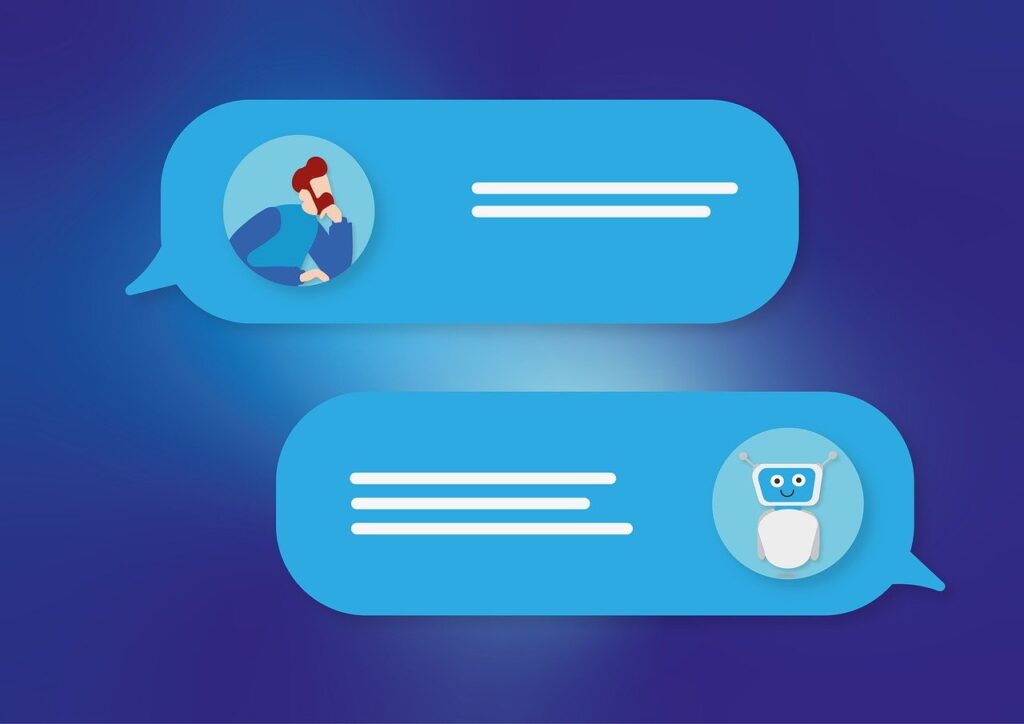Innovative Ways AI Can Be Integrated Into Streaming Platforms
Artificial intelligence (AI) has seen a huge rise in popularity over the last few years. But, how can this technology be integrated into live streaming platforms, and how could this benefit the content and its viewers? Let’s take a look.
Virtual Hosts
Source: Pixabay
Most live streams operate by having a real person who hosts the events – be it on social media, for a webinar, product launch, or even live casino games. For example, there are various roulette games that are streamed in real time to real players. The host (or, in this case, the croupier) spins a physical wheel in the studio, and can converse with the players throughout the game. The video stream is broadcasted to the players through the platform, providing players with a real time, authentic casino experience.
Although real-life hosts have their benefits, affording players or attendees the chance to make real human connections, they have their downsides too. These people are only human, which means they need to eat, sleep, take breaks, and only work so many hours a day. But that’s where AI-powered virtual hosts come in.
There’s roughly two types of virtual hosts – ones that look, sound, and interact with people like humans, and those that operate using text only. Either way, this AI technology allows platforms to stream hosted events all day, every day, should they require. That said, as with most AI products, they can be quite costly to set up, and time consuming to program with various rule-based algorithms.
Moderation
Live streamers have long since utilized chatbot tools for moderating the live chat that often goes alongside the video feed. These chatbots have been used for multiple purposes over the years – to automate replies, moderate comments, and carrying out custom commands. It is only logical, then, that the rise of AI chatbots has also carried over into live streaming applications.
AI chatbots are more easily customizable than their predecessors, and have the ability to learn and adapt from previous interactions. This allows live streaming platforms the opportunity to make the voice and tone of the chatbot more in line with their brand guidelines, keeping all brand messaging cohesive and style consistent.
In addition, it can also help to boost the efficiency and accuracy of interactivity, ensuring those conversing during the live stream or asking questions receive prompt and accurate answers.
Source: Pixabay
Personalization and Localization
Statistics show that 36% of consumers say that businesses need to do more to offer personalized experiences – and this percentage increases in line with the average household income. In fact, 74% of consumers report feeling frustrated when content and experiences are not personalized.
Of course, when it comes to live content, personalization becomes even more tricky. One of the most complicated, some might say, is localization. The host will speak in their native language, which may make the content irrelevant for people who don’t speak that language.
However, one benefit of AI is machine translation, which can not only translate written content and produce translated subtitles, but is also being trialed in dub video content seamlessly. With this in mind, AI can be used to personalize and localize live content in real time, ensuring it is relevant to as many attendees as possible.
And there you have it – just a few ways that AI can be integrated into streaming platforms to improve the accessibility, interactivity, and relevancy of live streamed content.



























